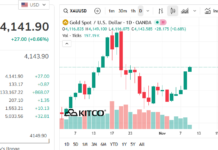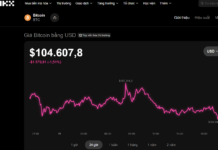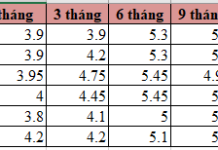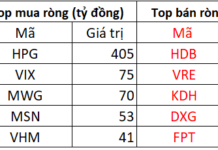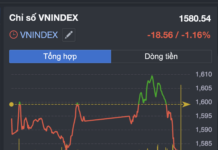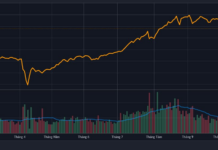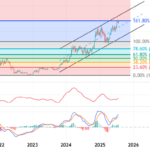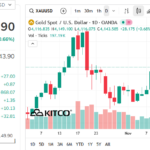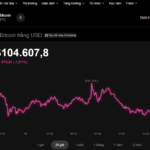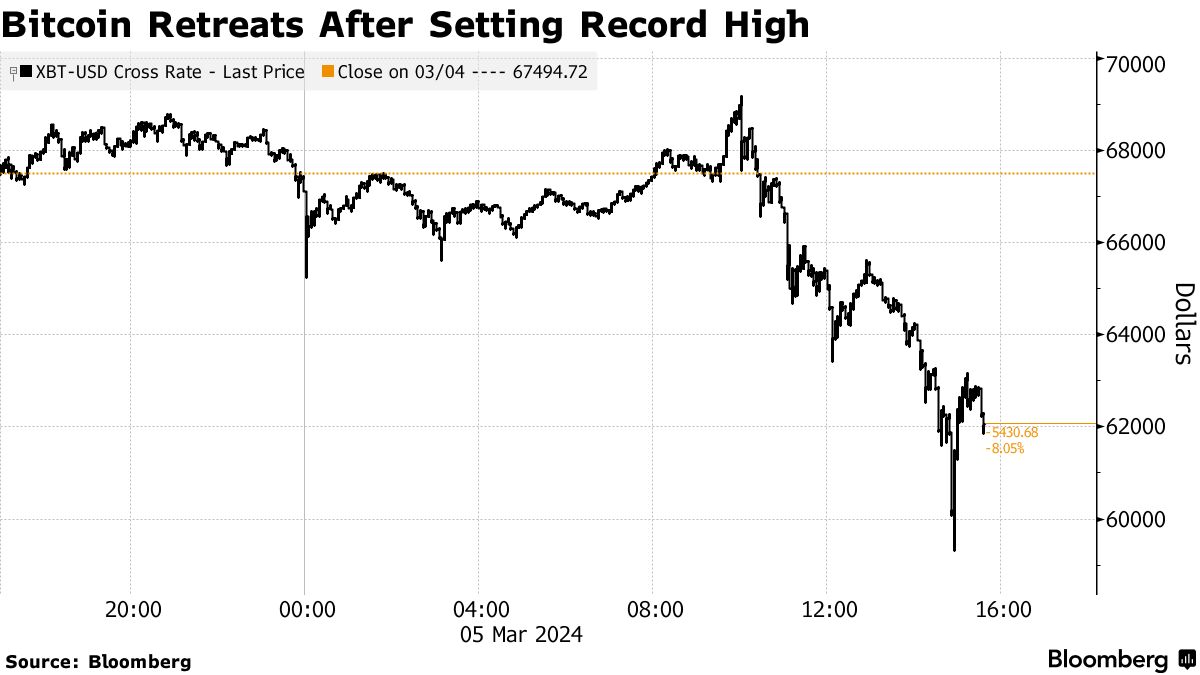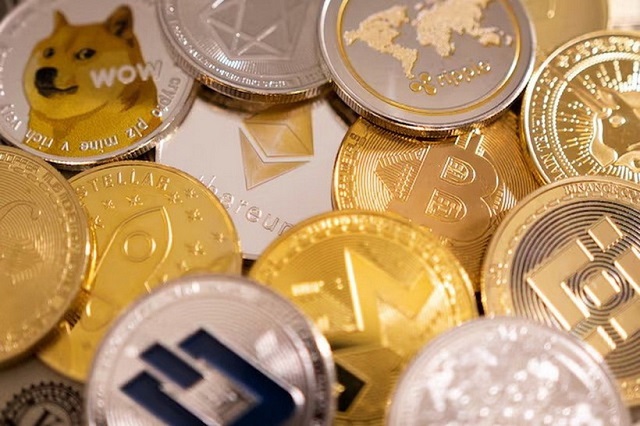
Illustration
|
Despite the hype, stablecoins are still a long way from becoming a popular means of everyday payment. This is the opinion of Jorn Lambert, Mastercard’s product director.
Stablecoins are a type of digital asset whose value is pegged to another stable asset, most commonly the US dollar, usually at a 1:1 ratio. Stablecoins aim to combine the advantages of cryptocurrency technology (such as fast transaction speeds and low costs) with the stability of traditional fiat currencies, thereby overcoming the volatility associated with other cryptocurrencies.
In a discussion with analysts on July 14, Lambert explained that while the underlying technology of stablecoins holds great potential, including high speed, 24/7 operation, low cost, programmability, and immutability, these attributes alone are not enough to make stablecoins a viable payment instrument.
He emphasized that other factors, such as a seamless and predictable user experience, as well as broad reach and distribution to consumers, are equally, if not more, important.
Lambert pointed out that currently, about 90% of stablecoin transaction volume is associated with crypto trading activities, as investors use stablecoins to buy and sell digital assets.
Although companies like Shopify Inc. and Coinbase Global Inc. have taken steps to integrate stablecoins into everyday consumer payments, Lambert believes that overcoming barriers such as user acceptance and increased complexity in the online payment process will be challenging in the short term.
Stablecoins were once promoted as a way to bypass card networks by enabling direct payments from consumers to merchants, thereby avoiding card-related fees.
However, card networks are reshaping this narrative by positioning themselves as partners that can enhance the adoption of stablecoins by integrating them into their networks.
Discussions around stablecoins have intensified as regulatory developments regarding stablecoins are progressing in the US. The emerging clarity on the legal framework has attracted new entrants to the stablecoin space and encouraged financial institutions to consider their stance in this evolving industry.
In addition to financial institutions, governments, and central banks worldwide are exploring ways to foster innovation in their domestic ecosystems to counter the dollarization of their economies. Lambert concluded that this diversity will increase over time.
By Khánh Ly
– 12:52 15/07/2025
“The Crypto Report for August 2025 (Part 1): The Long-Term Uptrend Remains Intact”
The world of cryptocurrency is ever-evolving, and keeping abreast of market trends is crucial for investors. This analysis delves into the trends and behaviors of prominent cryptocurrencies that are on the radar of discerning investors. The insights provided herein offer a valuable reference point for both short-term trades and long-term investment strategies.
“When Blockchain and Digital Assets Tap the Financial Nervous System”
“Cryptoassets, once deemed ‘heretical’, are now marching into the mainstream financial system. From JPMorgan embracing crypto for repo transactions to BlackRock launching its first tokenized fund and the Monetary Authority of Singapore (MAS) building an entire on-chain financial platform, the integration is evident and accelerating.”
“A Massive $111 Million Crypto Scam: Nine Arrested”
The Hung Yen Police have successfully busted a high-tech fraud ring operating through the “Toptrade1” crypto exchange, luring thousands of investors with deceptive marketing tactics, fake wealth displays, and false promises of profits.
“Regulator and Large Financial Institutions’ Involvement Makes the Digital Asset Market More Efficient, Says SSI’s Director.”
“The crypto market in Vietnam is currently dominated by individual investors, with almost 100% of transactions originating from this demographic. Major institutions like Dragon Capital, VinaCapital, and SSI have yet to fully engage in asset management roles within this space. ‘When this changes, the market will mature and become more regulated,’ says Thomas Nguyen, SSI Securities’ Overseas Markets Director.”







